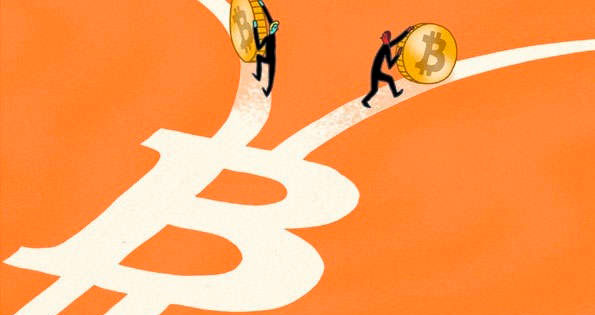What is a Bitcoin Hard Fork?
Lately it has become very famous the term hard fork. Because of this we are going to explain that it is a hard fork in bitcoin trying to make it as clear as possible.

To start with the most basic, we define a fork as a fork. In programming this refers to the process by which a source code of a program is copied, which in this case would be the bitcoin platform. Forks can have two intentions; clone the bitcoin code to create a new cryptocurrency from it or update the existing code.
In both cases, since bitcoin is an open source system, anyone can access the code. So that anyone with knowledge of advanced blockchain can execute a bifurcation. To create a new blockchain project based on the bitcoin open source, there are no impediments, but to update the existing code and implement it in a definitive way requires a prior consensus. Hence, the hard fork programmed for the beginning of November has been canceled; all for lack of consensus.
Then, we can define the hard fork as an intentional fork in order to update or redesign the code. This can have different results; from an extension of the size of the blocks to a change in the rules of the system. Generally, when it comes to a hard fork, the changes are important, which is why the term hard (hard) is used to identify it. The software derived from it will be incompatible with the previous versions.
Soft fork
Like a hard fork, a soft fork is a consensual update of bitcoin open source. The term soft (soft) is used to identify when these changes have no major impact on the system and even the result is compatible with previous versions and can coexist in the same bitcoin network without problems.
This type of updates do not have major repercussions because all the participants of the network should only update their software to enjoy the new functions that are implemented, even keep the previous version.
Rough fork
A broken fork happens when the system developers make mistakes when performing the desired updates, which is why it is necessary to make a new fork to repair the errors. As a result of that error a second chain of blocks is created which is based on the new version of the software. That is to say, the chain of blocks accidentally bifurcates.
The last accident fork occurred in 2013 when a miner created an additional block chain that was not compatible with previous versions of Bitcoin Core software. To solve this, an agreement had to be reached with the main mining pools to install an old version of the software while developing a new one that would come out days later. This type of errors can create distrust in the community of bitcoiners and therefore a fall in the price of the asset in the market, so that it could be considered a serious accident.